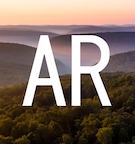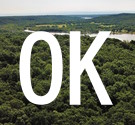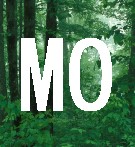
|
||||||||||||||||||
|
|
||||||||||||||||||
  









  









| ||||||||||||||||||
How the Skookum Cast was Obtained -- Slide 8
| Previous Image |
Tracks of several different animals are found the next morning. Among the others are some relatively indistinct impressions in the firmer mud along the edge of what had been a puddle the night before. The trackers soon realize what they are looking at.
The sasquatch had apparently walked up to the edge of the puddle, then sat down and leaned its forearm against the mud in order to stretch and extend the other arm out over the water. As it lay on its side and edged toward the puddle, it couldn't avoid leaving a few clear impressions of its ankle, forearm, hip and thigh. (See an artist's rendition of the creature's position.)
Why did it lay down at the edge of the puddle to reach over such shallow water, instead of walking through the puddle to pick up the fruit? The investigators can only speculate. Some speculate that the sasquatch came to the puddle to drink the rainwater and noticed the fruit in the process. If so then perhaps it was being careful to avoid stirring up mud in the clear rainwater.
Or perhaps the animal simply didn't want to get caked with wet mud from stepping into the puddle. The place where it did make contact with the soil was soft enough to leave an impression, but firm enough to prevent the mud from sticking to the animal.
Other investigators point out that the animal would have made deeper tracks had it walked into the middle of the puddle. So perhaps it wanted to avoid leaving very obvious tracks. Other large mammals, even dogs, will intentionally avoid leaving tracks in various circumstances, so why not these animals? In any case, the trackers knew that trying to understand why it sat down at that spot was nearly irrelevant compared to the immediate need to preserve the impression as a cast and bring the cast home.
When word got back to base camp, everyone came to see the impression and assist in the complex operation of preserving it, using hundreds of pounds of plaster and dental cement. (See the expedition summary for more details.) When the dry cast was pulled from the ground, it had at least another hundreds pounds of mud stuck to it. This mud was later painstakingly removed by Professor Jeff Meldrum and others, in order to preserve any potential hairs samples, etc.
At present the cast is in secure storage in the Seattle area. It is taken out for viewing and for study by scientists on a scheduled basis. The cast will likely be put on public display at some point in the future. Until then viewings are arranged only for qualified scientists and forensic examiners. See John Green's statement to scientists for more details.
| Previous Image |